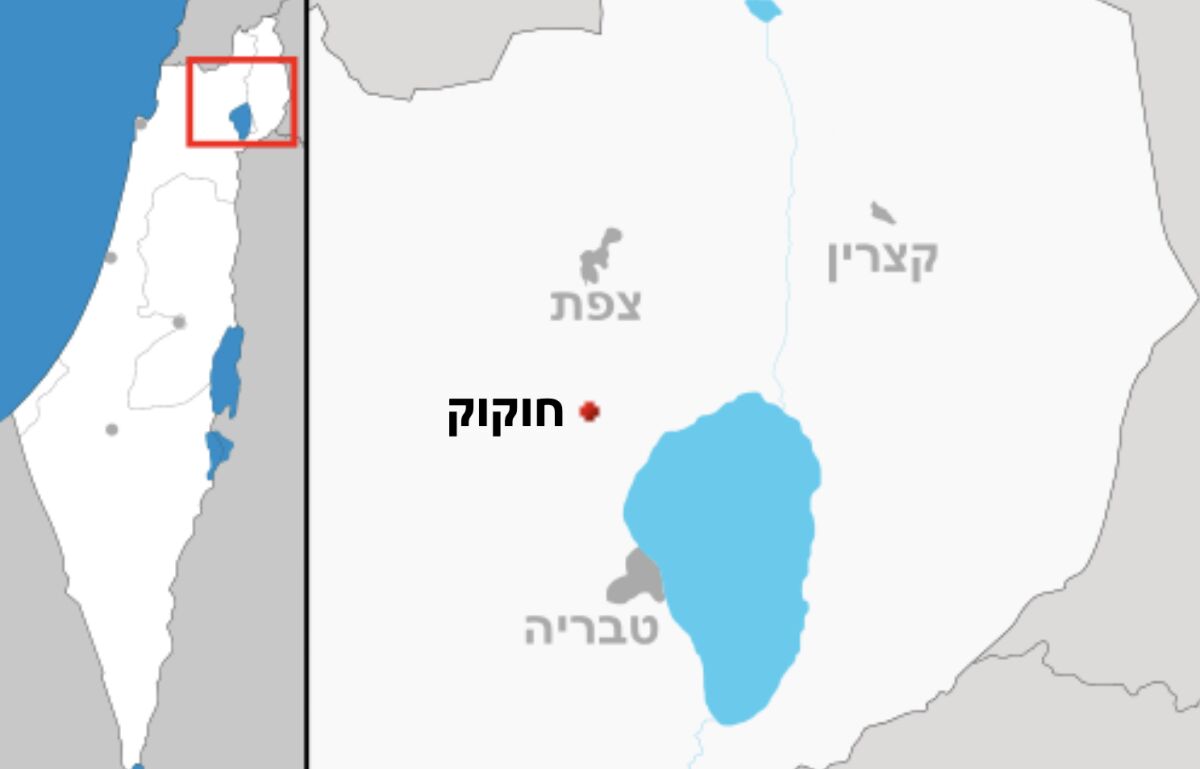The earliest known depictions of the biblical heroines Deborah and Jael have been uncovered during excavations of the ancient site Huqoq (just northwest of the Sea of Galilee). University of North Carolina Prof. Jodi Magness led a team of students and specialists on this project, which has been active since 2011 (with a brief pause due to the COVID-19 pandemic).

The mosaic depictions are believed to be 1,600 years old, and the Huqoq excavations are “bringing to light a monumental, Late Roman synagogue paved with stunning mosaics depicting a variety of biblical scenes,” as well as “the first non-biblical story ever discovered decorating an ancient synagogue,” according to the Huqoq Excavation Project website.
The biblical record in Judges 4 details that Deborah was a judge and prophetess who went up to war against the Canaanites along with Barak (who would not go to battle unless Deborah joined him). Deborah prophesied that Sisera, commander of the Canaanite army, would thus be defeated at the hand of a woman.
Sisera and his army were facing defeat, so he fled on foot, stopping to rest at the tent of a woman named Jael, who comforted him until he slept. Jael then took a tent peg and drove it into his head, killing him.

“This is the first depiction of this episode and the first time we’ve seen a depiction of the biblical heroines Deborah and Jael in ancient Jewish art,” Professor Magness stated.
The mosaics are divided into three horizontal sections known as registers, cut from local Galilean stone. The first shows Deborah under a palm tree looking at Barak. The middle panel only has a small part preserved and appears to be Sisera sitting down. The lowest panel has an image of Sisera lying down as Jael drives a tent stake through the side of his head. (Photographs of the scenes do not yet appear to be available.)
This is not the first biblical scene discovered at the Huqoq excavation site, but it is the first of Deborah and Jael.

Of additional relevance is that the events in Judges 4-5 take place in the same geographical location as Huqoq. Joshua 19 describes the division of this land between the tribes of Naphtali and Zebulun (see also Judges 5:18). This could help explain why this mosaic depiction was created—it likely resonated with the Huqoq community directly.
The Huqoq site also features wall paintings and carved architecture, illuminating the rich and diverse culture of the Jews at this time. According to Professor Magness, rabbinic literature neglects to mention figure decorations in synagogues, so having these archaeological finds is especially important.
The mosaics have presently been removed from the site for preservation, and excavations are scheduled to resume in 2023.

